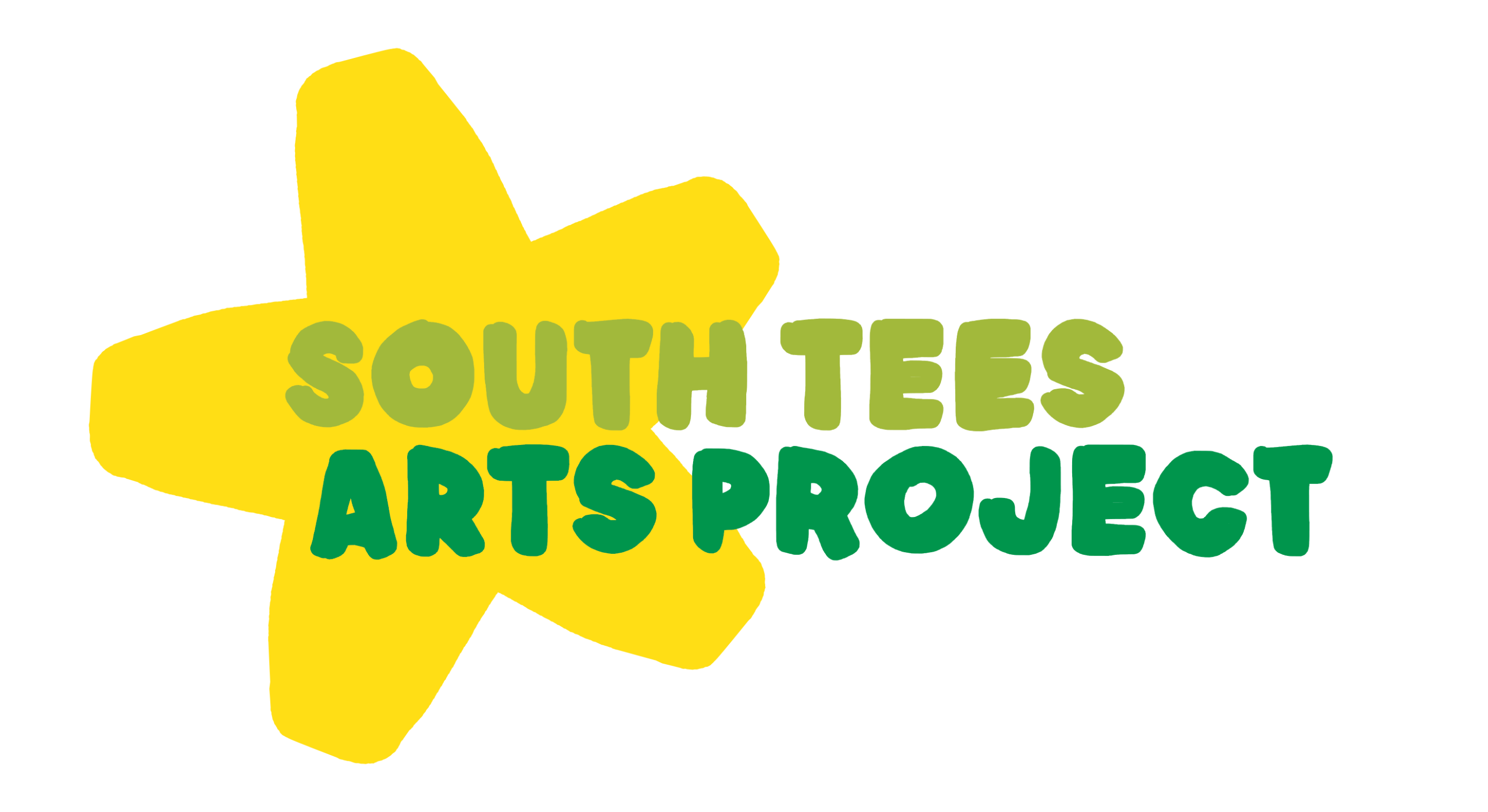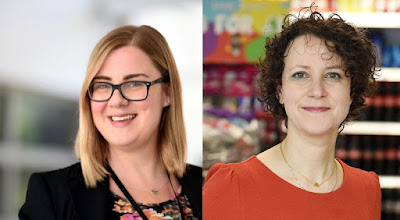Posted by Dr Michelle Addison, Assistant Professor, Durham University
Stigma is a knotty, ugly problem we have in society: it marks
out (often painfully) what is considered shameful, abject or contra to social
norms, and impacts vulnerable and marginalised people the most. It seems intuitive
to say it is unfair and unjust, but why then does it persist?
Discussions of stigma are not new; we are all generally
aware that stigma is something to be avoided and we could all very likely give
some examples of it in action – benefit claimants, people who use drugs and
ex-offenders are often easy targets and regularly feature in news headlines because
stigma continues to be sensational – it elicits a voyeuristic feeling that is
both intoxicating and a warning to us too. The use of stigma is further
exacerbated by the ‘Cost of
Living Crisis’, ‘Rising
Interest Rates’, Fuel
and Food
poverty, and the withholding of the Government
White Paper on Health Inequalities. We understand then that stigma is harmful,
and yet we recognise it is powerful to those who can wield it.
Erving
Goffman discussed stigma using the concept of the ‘spoiled identity’
whereby certain aspects of who you are become discredited and devalued in his now
infamous work Stigma: Notes on the Management of Spoiled Identity (1963/1990).
This notion of a spoiled identity is also implicit in his observations
of patients residing in ‘asylums’, the conditions impacting these people, and
the roles of those working there (1961). Indeed, Goffman was acutely interested
in the medicalisation and performance of roles in these settings and how behaviour
was shaped by social expectations of ‘in-mates’, ‘guards’ and ‘medical staff’. The
treatment of patients, he noted, was complexly bound up with expectations of socially
acceptable roles and the reinforcement of discredited behaviours and identity.
What we learnt from this is that stigma matters in the
social organisation and hierarchies of people and places in medicalised and
wider social settings. But what tends to fly under the radar in early stigma
research is the question of ‘in whose interests’ does stigma serve? Professor Imogen Tyler later critiques
Goffman’s work (2020) in her book ‘Stigma:
The Machinery of Inequality’ for overlooking the power relations that are
integral to how we understand stigma, and why indeed, stigma continues to
persist. Tyler shows us that there is a ‘craft’ to how mechanisms of stigma
operate and function to maintain political power and a social order that hinges
on systemic and structural inequalities around class, race, gender (and not
limited to) to reproduce privilege for the dominant factions. This is a hugely
important step in stigma research because it draws attention upstream to how
and why stigma is weaponised (Scambler, 2018) and the social harms that impact
marginalised and minoritised individuals and communities in society – which is
the subject of my forthcoming article (Addison, 2023). This is further evident
in the recent Stigma Kills (2021,
2022) campaign launched by the NHS Addictions Provider-Alliance which gives
credence in particular to the impact that stigma has on the health and
wellbeing of those communities that are most harmed through health and social
inequality.
This growing concern about the effects of stigma on health
and wellbeing, arising out of social harm, led to our recent Fuse event
Inequalities,
Social Harm and Weaponised Stigma: Emerging Research and future priorities
which brought together academics, practitioners and the public to discuss these
key issues. I presented work from my Wellcome Trust research looking at stigma
and how this relates to health inequalities amongst people who use drugs. In
this study I highlight how the weaponisation of stigma is harmful, negatively
impacts physical and mental health, and inhibits health seeking behaviours for
fear of being judged and marginalised by service providers and the wider
public.
Joanne
McGrath discussed her NIHR funded research into women living with multiple
disadvantage and complex needs and how they access services. In this talk she
highlighted how escalating problems around homelessness, stigma and
deteriorating physical and mental health have a cumulative impact in women’s
lives.
Our ‘expert by experience’, Margaret Ogden, shared moving
insights into the effects of stigma on her own life and how her mental health
was harmed as a result.
Later, Mark
Adley discussed his Doctoral work (which is funded by the NIHR Applied
Research Collaboration (ARC) North East and North Cumbria (NENC)) and his recently
published paper
which explores stigma within-groups towards people who use the drug Spice. In
this talk, Mark showed how intersections of identity mattered and how increased
contact with people who used Spice helped to reduce levels of stigma. He
highlighted the role of education programmes within service provision to help
draw attention to the harms arising out of stigma and how practitioners might
mitigate these effects.
This event was also an opportunity to launch our new
Palgrave edited collection
Drugs,
Identity and Stigma (
Addison,
McGovern
and
McGovern,
2022). Our book calls attention to the impact of stigma experienced by people
who use illicit drugs, and through this we show that stigma is powerful: it can
do untold harm to a person and place with longstanding effects. Through an
exploration of themes of inequality, power, and feeling ‘out of place’ in
neoliberal times, this collection focuses on how stigma is negotiated, resisted
and absorbed by people who use drugs.
Dr
Kelly Stockdale, a contributor to the book, spoke at our Fuse event and shared
insights
from our research into the challenges of navigating a custodial environments
(prison and police) and the impacts of stigma from the point of view of people
who use novel psychoactive substances (NPS). Collectively, our work in this
area brings together a range of frameworks and data and draws attention to the
damaging effects stigma can have on health inequalities, recovery, mental
health, recidivism, and social inclusion.
Our knowledge and understanding of the harms that stigma
does to health and wellbeing is still growing – as such, it is critical that developing
stigma research becomes a priority in future inequalities research agendas, against
a backdrop of political and economic crises. Whilst the social
determinants of health are often tangible and measurable, providing the much-needed
evidence base to tackle widening health inequalities, it is imperative that
we think differently and critically about how stigma operates. In my own research
I have tried to show that stigma operates at a symbolic level meaning it is not
possible to treat stigma as something which is material and objective, to say ‘here
is stigma’ – we must think more deeply about stigma as inscribed with meaning
that becomes apparent through its effect on and between people (see also
Addison, McGovern and McGovern, 2022).
I called this blog ‘Stigma: Where’s the harm?’ to be
a little provocative to you, reader – on the one hand, stigma is so normalised
in our society that we forget to see it, so I encourage you to pause and
reflect on where the harm resides – like a million little paper cuts, stigma
is painful and gets under the skin doing very real harm. On the other hand, my
question is also a call to action to understand how and why stigma is
weaponised, and how it leads to social harm amongst under-heard and underserved
people. It is my strong belief that this is vital work if we are to tackle and
reduce widening health and social inequalities right now.
References:
Addison, M. (forthcoming, March 2023) ‘Framing Stigma as an
Avoidable Social Harm that Widens Inequality’ in Emery, J., Powell, R., and
Crookes, L. (eds.) The Sociological Review Special Issue
ADDISON, M., MCGOVERN, W. & MCGOVERN, R. E. (eds.) (2022)
Drugs, Identity and Stigma, Houndsmill, Basingstoke and Hampshire,
Palgrave Macmillan.
ADLEY, M., ATKINSON, A. M. & SUMNALL, H. R. (2022).
Including the multiply excluded: a mixed methods study exploring intragroup
stigma towards people who use synthetic cannabinoid receptor agonists. Drugs:
Education, Prevention and Policy. DOI: 10.1080/09687637.2022.2025766
GOFFMAN, E. (1990) Stigma: Notes on theManagement of
Spoiled Identity, London, Penguin Books
GOFFMAN, E. (1961) Asylums: Essays on the Condition of
the Social Situation of Mental Patients and Other Inmates, London, Penguin
Books
SCAMBLER, G. (2018). ‘Heaping blame of shame: 'Weaponising
stigma' for neoliberal times’. The Sociological Review Monograph, 66,
766 - 782.
SINGH, S. (2019) available at: https://samiasingh.com/
TYLER, I. (2020). Stigma, The Machinery of Inequality,
London, Zed Books.
Images:
1) Artwork by Samia Singh, https://samiasingh.com @samiasingh_art
2) Book: Drugs, Identity and Stigma, © 2022 Springer Nature Switzerland AG. Part of Springer Nature, ISBN : 978-3-030-98285-0, https://link.springer.com/book/10.1007/978-3-030-98286-7#about-this-book


.jpg)


















